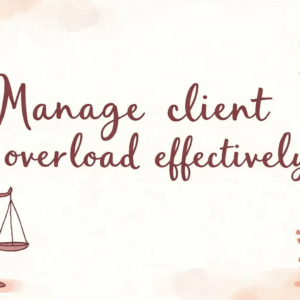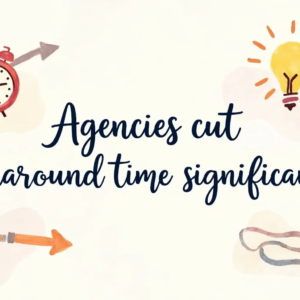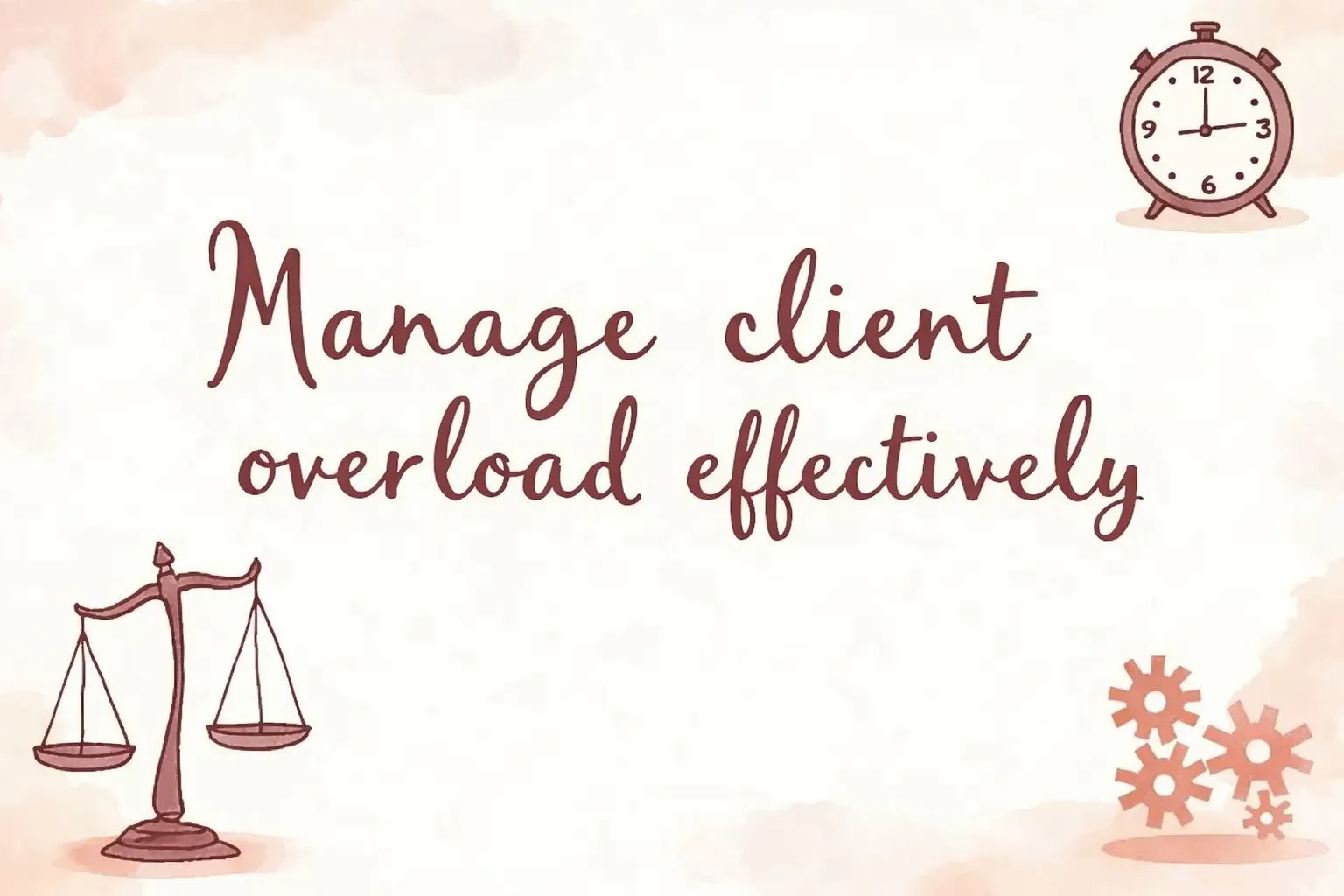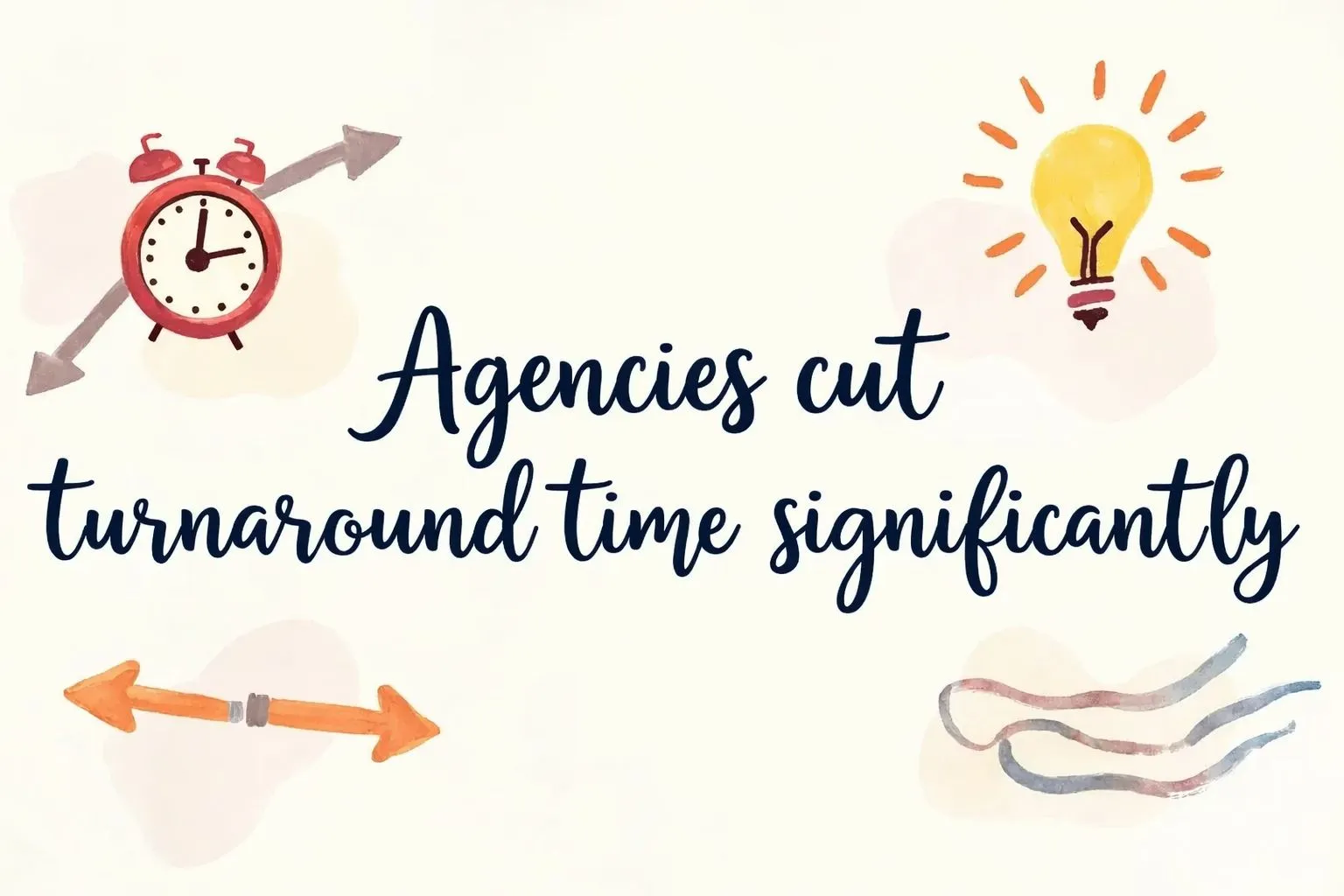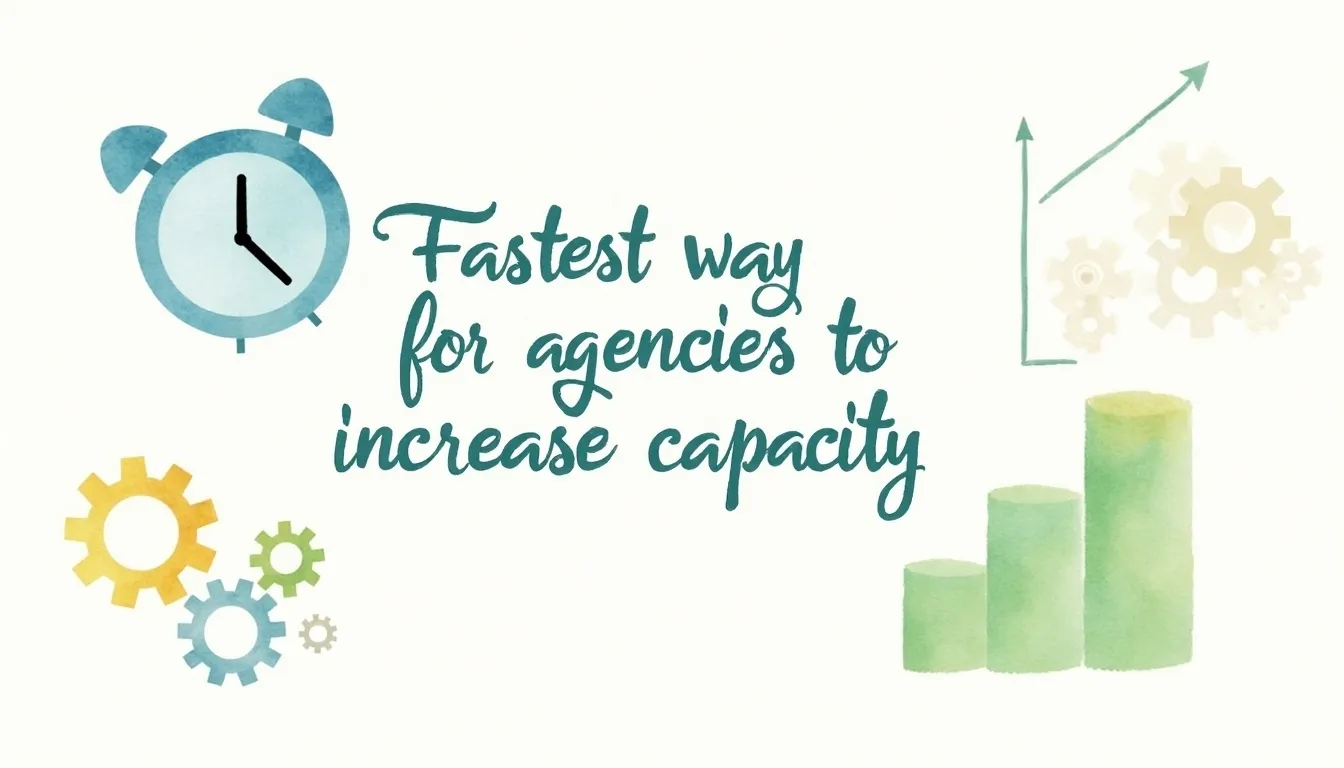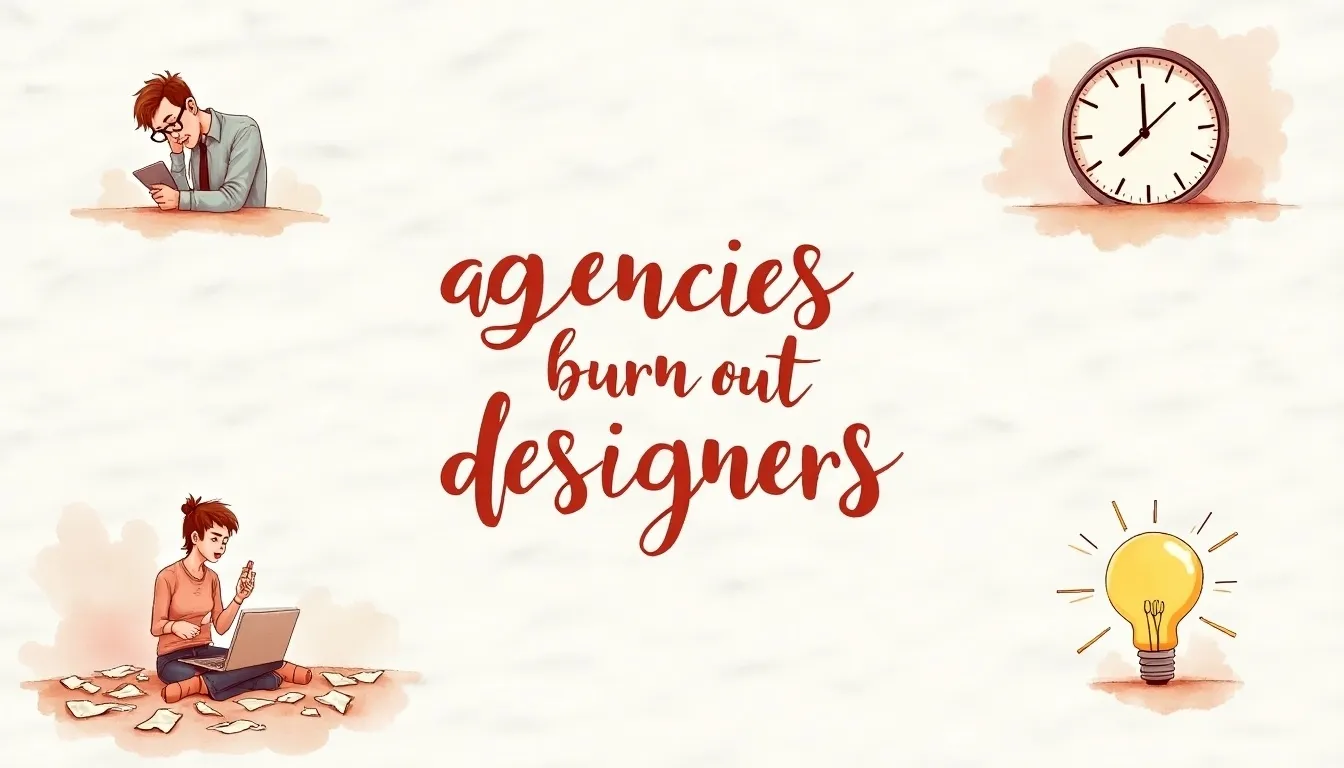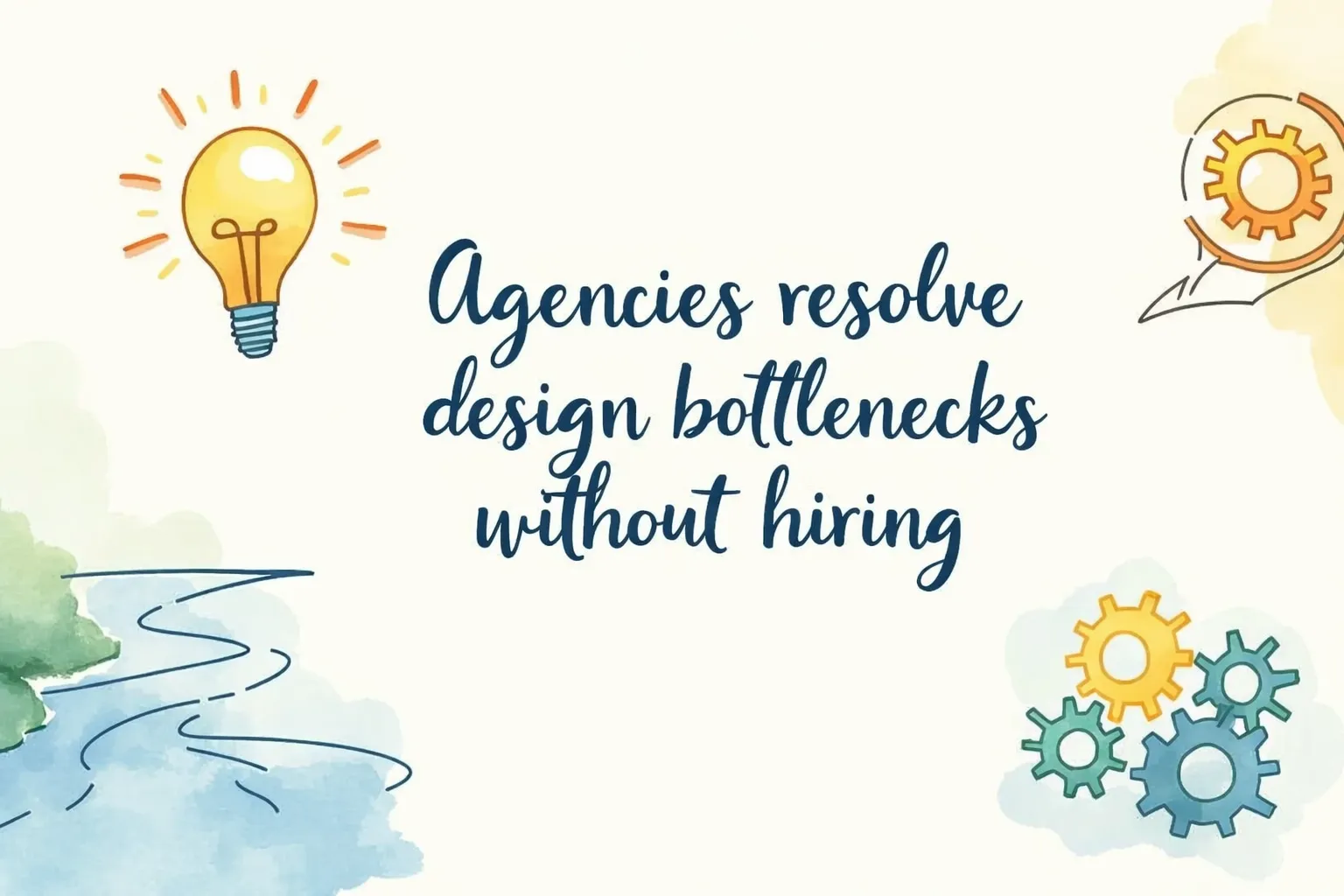The designing industry allows agencies to showcase their creative talents while building long-term client relationships. If you run a design agency, you’ll work with different businesses, manage multiple projects, and constantly refine your creative approach. But beyond delivering outstanding designs, one of the biggest challenges agencies face is client management. How you handle clients can determine the success of your agency.
A well-managed client relationship can lead to repeat business, referrals, and a strong industry reputation. On the other hand, poor client handling can result in lost projects, payment issues, and negative reviews. Since your agency’s success depends on how well you manage these relationships, it’s essential to establish a streamlined approach.
Let’s explore the effective strategies to manage clients successfully and build a thriving
design agency.
Define and Communicate Your Services Clearly
One of the first steps in managing clients effectively is to set clear expectations. When engaging with a potential client, provide them with a detailed breakdown of your services. Your service offerings should be well-defined, whether they include branding, web design, UI/UX, motion graphics, or illustrations.
Here’s how to do it:
Maintain a service catalog/page that outlines what’s included in each package.
Offer tiered pricing models to accommodate different budgets and project scales.
Specify the number of revisions included in your pricing to avoid endless back-and-forth. If you offer unlimited revisions, then that mentions that as well.
Clearly state turnaround times for different types of projects.
Providing this clarity upfront helps prevent misunderstandings and ensures clients know what to expect from your agency. Often, your clients might ask for added services other than what your package covers. It is advisable to agree for an additional yet reasonable amount.
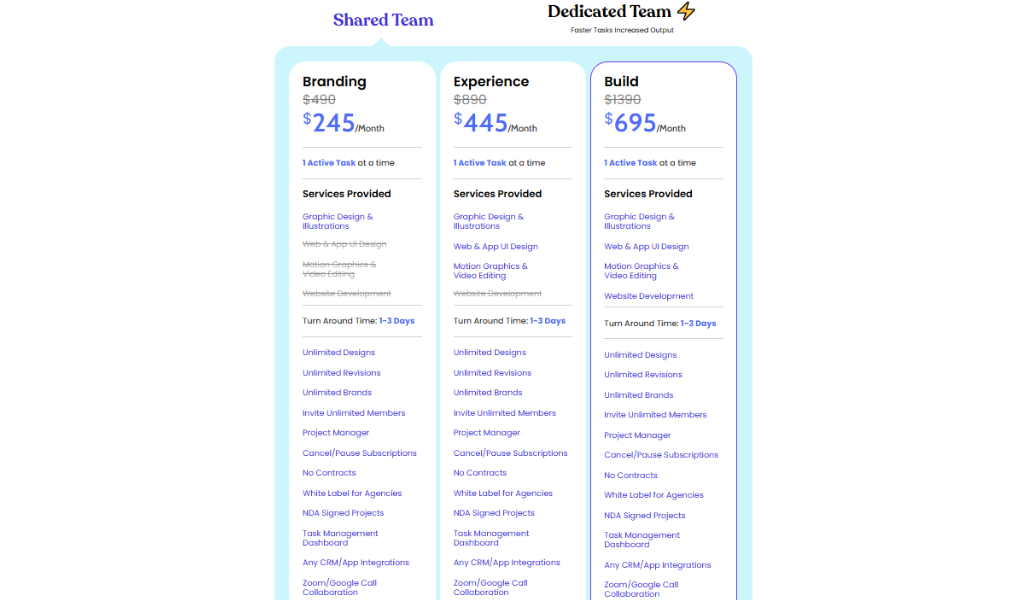
Establish Strong Contracts and Agreements
A formal agreement or contract is essential when working with clients. It protects both parties and ensures smooth collaboration. Without a clear contract, agencies may face scope creep, delayed payments, or disputes over project deliverables.
Here’s what your agreement should cover:
Scope of Work (SOW): Define what is included in the project and what is not.
Timeline & Milestones: Set realistic deadlines for project phases.
Payment Terms: Mention the advance payment, milestones, and final payment structure.
Revisions Policy: State the number of revisions included and the cost for additional revisions.
Termination Clauses: Define the terms for contract cancellation or non-performance.
Having a proper agreement in place gives your agency a professional image and provides security when working on large-scale projects.
Set Up a Streamlined Communication System
Communication is the backbone of a successful design agency. Many projects fail due to miscommunication, unclear expectations, or lack of updates. Clients prefer agencies that have a strong communication flow, thus making it important to establish structured communication to ensure clarity and prevent misunderstandings.
Best practices for client communication:
Use client management tools like ClientPortalOS, Trello, Asana, or ClickUp to track progress.
Maintain a dedicated communication channel via Slack, email, WhatsApp, or a client management dashboard.
Schedule regular check-ins via video calls to update clients on progress.
Provide clients with a project roadmap so they know what to expect at each stage.
Keeping clients in the loop reassures them that their project is progressing smoothly and helps avoid last-minute surprises.

Handle Client Feedback Professionally
Design is subjective, and clients may request revisions or have opinions on your work. While constructive feedback is beneficial, some clients may demand excessive changes or have unrealistic expectations. While many clients are a pleasure to work with, some may be challenging due to unrealistic demands, payment delays, or communication gaps. It’s essential to handle such clients tactfully while protecting your agency’s interests.
Tips to handle feedback :
Listen actively: Understand the client’s concerns before responding.
Clarify their needs: Ask detailed questions to identify what they want changed.
Provide rational explanations: If a client’s request compromises the design’s quality, politely explain why.
Stay professional: Never take criticism personally; keep discussions solution-focused.
Use structured revision rounds: Stick to the number of revisions agreed upon in the contract.
Use written communication: Keep a record of important discussions to avoid misunderstandings.
Know when to walk away: If a client repeatedly delays payments or disrespects your team, consider ending the collaboration professionally.
By managing feedback professionally, you can maintain a positive relationship with your clients and ensure they are satisfied with the final outcome.

Build Long-Term Relationships with Clients
The key to sustained success in the design industry is building long-term client relationships. Instead of working on one-off projects, agencies should aim for ongoing partnerships.
How to foster client loyalty:
Offer retainer packages: Provide monthly design services for consistent revenue.
Give personalized service: Tailor your approach to meet client needs.
Follow up after project completion: Check in periodically to see if they need additional services.
Show appreciation: Send holiday greetings or small tokens of gratitude.
A loyal client base ensures repeat business and provides referrals that help your agency grow organically.

Managing clients in a design agency requires a mix of professionalism, effective communication, and clear expectations. By defining your services, using contracts, maintaining structured communication, handling feedback professionally, and ensuring timely payments, you can create a smooth client experience.
Ultimately, experience is the best teacher. The more you interact with different clients, the better you’ll become at handling relationships and growing your agency.
If you’re looking for inspiration, consider checking out successful design agencies like Draftss. They specialize in providing unlimited design services and have built a reputation for quality and efficiency. Learning from industry leaders can help you refine your agency’s approach and achieve long-term success.


